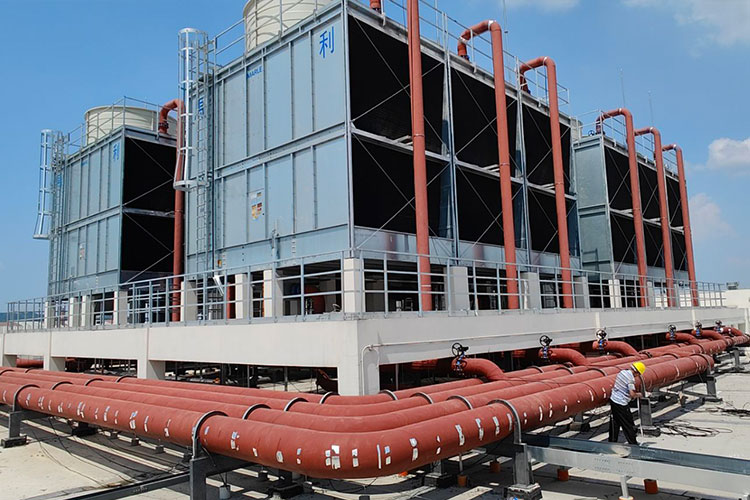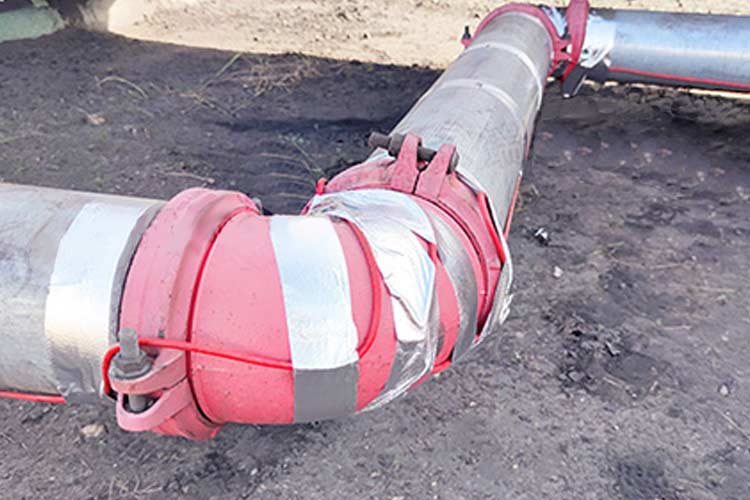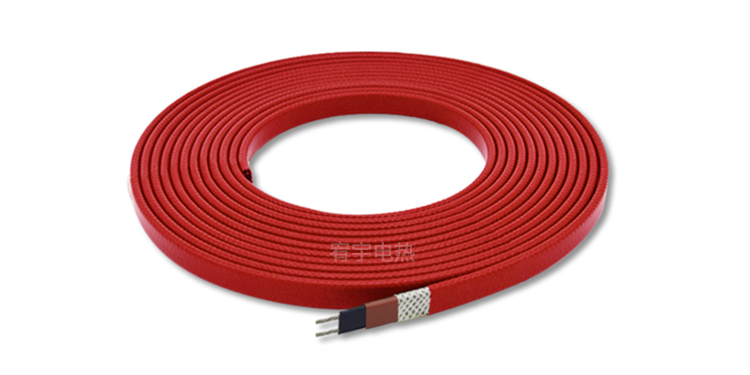According to the different regions where electric heat tracing belts are used, they are divided into two types: flame retardant and non flame retardant. The names indicate the environmental requirements for each type. The external insulation of flame retardant electric heat tracing belts is usually improved by adding flame retardants to polyene, which is a low-temperature self limiting electric heat tracing belt. Its working principle is the same as that of ordinary electric heat tracing belts: it can adjust its own power output and automatically control the temperature level with changes in the temperature of the accompanying medium.

The length of use for this type of electric heat tracing belt varies from 30 to 100 meters, and the maximum length of use varies depending on the model. Under what circumstances will a flame-retardant electric heat tracing belt become non flame retardant? Each type of electric heat tracing belt has a maximum output power limit. When installing a flame-retardant electric heat tracing belt with a maximum length of 30 meters, 50 meters are laid, and the excess 20 meters are the part that exceeds the standard length of use.

If the output power of an electric heat tracing belt is 15W/M per meter, then the output power of a 30 meter electric heat tracing belt is 450W. The heating wires inside the electric heat tracing belt can work normally at a power of 450W. When using a length of 50 meters, the output power of the electric heat tracing belt is 750W, which greatly exceeds the limit that the heating wires of the electric heat tracing belt can withstand. In this case, the flame-retardant electric heat tracing belt will become non flame-retardant, and reasonable use is very important.


